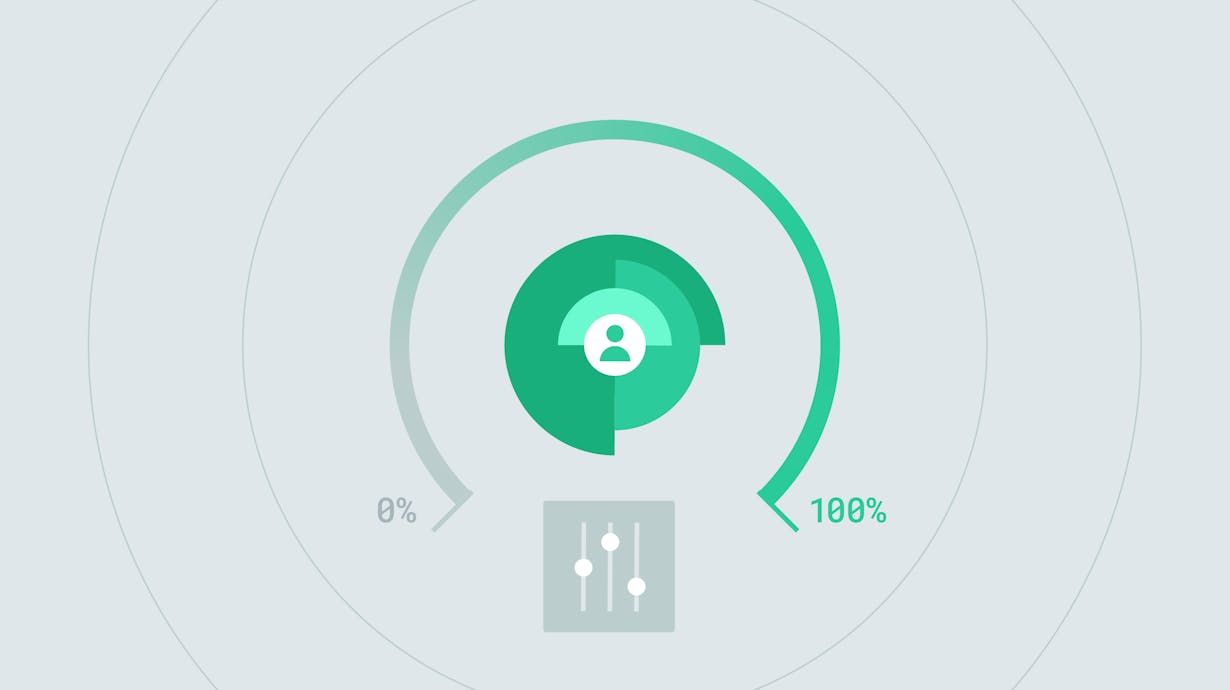How to set up your Customer Data Platform team
In part two of our two-part series on making the most of your Customer Data Platform, we discuss how you can set up a cross-functional team of 'customer data excellence' to operate your CDP.

Once your team has gone through the hard work of selecting your Customer Data Platform (see part one of this series on how to run a complete CDP evaluation here), you’ll want to make sure you’re getting the most out of your investment.
When operated successfully, Customer Data Platforms have a unique ability to enable engineering, product, and marketing departments to work independently while leveraging a holistic, high-quality data set. To reach this state, however, stakeholders from across these teams need to be aligned strategically on factors such as data planning, identity architecture, and data governance. Data is a team sport, and this is particularly true when it comes to getting the most out of your Customer Data Platform.
In this second installment of our two-part series, we’ll be covering how you can assemble a cross-functional team of “customer data excellence” to maximize the return on your CDP investment.
What is the purpose of a Customer Data Platform?
Infrastructure CDPs help teams across the organization simplify their data pipeline by addressing three key challenges: data collection and integration, data quality management, and data governance.
Data Connections
As the customer journey expands across multiple touchpoints (mobile app, website, OTT platforms, point-of-sale kiosks and more), growth teams at consumer brands are heavily dependent on engineering teams to get access to real-time, cross channel data across the myriad of tools in their tech stack. This delays the launch of growth initiatives and pulls engineers away from core development.
Infrastructure CDPs give you the ability to ingest first-party, individual-level customer data from multiple sources, online and offline (iOS, Android, Web, OTT, CRM, ERP, POS), in real time and without limits on storage, and choose how you'd like to make that data available to the tools and systems across your growth stack via server-side integrations. No code updates are required to begin forwarding data to a new tool, filter the data being forwarded to a tool (based on consent state, for example), or pause forwarding for an existing connection.
Data Quality
As data is unified from across sources, it becomes challenging to manage data quality. According to a recent Salesforce report, 43% of marketers spend more than one week per month assembling information, and just 31% are “very confident” it’s accurate. Validating data accuracy as data is collected from across sources, as poor data ending up in downstream tools (Analytics, Paid Media, Messaging Platforms) will compromise growth initiatives.
Infrastructure CDPs help teams ensure that customer data made available to systems and teams is accurate and consistent. Data management, hygiene, and enrichment, as well as identity resolution capabilities, overlay all customer data pipes, resulting in more accurate customer profiles. Profiles are then consolidated at the individual-level for both anonymous visitors and known users, by linking user events, unique identifiers, and attributes. Within an interface, teams can create and manage segments of customers. Segments can then be sent to downstream tools to power personalized customer engagements.
Data Governance
Infrastructure CDPs allow teams to manage user privacy properly by providing control over the use of customer data. By standardizing data at the collection point, infrastructure CDPs enforce governance and privacy rules before data is distributed to internal and external systems. This not only maximizes the effectiveness of 1st party data, but also allows organizations to fulfill corporate policies and support compliance requirements of GDPR, LGPD (Brazil), APPI (Japan), and CCPA.
Setting up your Customer Data Platform team
To ensure your CDP is adequately positioned to provide these benefits to your organization, it’s important for key stakeholders to collaborate on decisions around data planning, identity architecture, and data governance. Our most successful customers have set up a team of “customer data excellence” to tackle these cross-functional questions.
Your team of customer data excellence may vary slightly based on your company size, resources, and industry, but there are several key stakeholders that are often involved. First, it’s important to involve team members that have a technical product skillset—the ability to marry the technical requirements of collecting, processing, and integrating customer data with the business initiatives that that data is being used to support. Often, this stakeholder has the title of Data Product Manager, Digital Product Manager, or Marketing Technology Product Manager. To support this individual, it’s also important to include subject matter experts from solutions architecture and engineering. Finally, it’s important to give a voice to marketing stakeholders that will ultimately be using the data collected to power messaging, advertising, email, etc.
At the enterprise-level, this team of customer data excellence may include more members and may even be armed with their own engineering squad. For early stage, high growth companies, the team is often smaller and more self-sufficient.
As your team of customer data excellence comes together, there are several key focuses that they should be responsible for. Clarity on these processes will help your team get the most out of their CDP investment.
Data planning
The foundation of any robust data quality system is a clear data plan. Data plans define the events that are being collected from each channel, the structure and nomenclature of those events, and the business purpose for collecting each event. Data plans are used as the systems of records in an infrastructure CDP to support data quality validation, linting functions in a developer’s IDE, and more.
To create data plans successfully, it’s important to bring multiple stakeholders together to define what should be collected. Marketing and product stakeholders may want to collect a variety of events to support customer journey mapping, but developers, who will be the ones writing and managing the code, may want to limit non-essential event instrumentations so that they can minimize distraction from core development.
Furthermore, it’s important that your data plan remains up-to-date and is available for reference. Growth teams may want to look up a specific event name so that they can query it in a downstream tool. Developers should be able to download plans as JSON and access plans programmatically to support linting and automated code generation.
Identity strategy
Every business’ identity resolution framework is unique. Decisions to questions such as whether or not to merge anonymous activity and known activity to a single record and how to manage multiple users using the same device (household) depend on your customer journey mapping and compliance obligations.
Infrastructure Customer Data Platforms provide you with the ability to customize your identity resolution framework to your business needs. At mParticle, this is done by working with our solutions consultant team during implementation.
To make sure your CDP is handling identity correctly, it’s important to pull stakeholders from marketing, product, and legal (privacy &/or data protection officer) together to define how and when you’d like to merge identity records in your CDP.
Data governance
One of the most important benefits of your Customer Data Platform is supporting responsible customer data management. Infrastructure CDPs enable you to:
- Manage how data flows across your tech stack based on your lawful basis for data processing, of which your customer consent state and purpose
- Support data subject requests as defined by the legislations, of which the GDPR and the CCPA
- Forward user data based on consent states, and possibly purpose or other lawful basis for processing, to tools throughout your growth stack
- Define data access across your organization
To make sure that you’re getting the most out of your CDPs data governance capabilities, it’s important to pull the necessary product and data privacy stakeholders together and establish how consent states, or other lawful basis, will be processed by your CDP, and how those consumer signals will be used to control forwarding to downstream systems.
At the enterprise-level, it’s often important to define which teams across the organization are granted access to certain types of data. Your CDP will enable you to separate different data sets into distinct workspaces and provision granular role-based CDP access according to your organizational governance policy.
How can a solutions partner assist with CDP operation
As you build your team of customer data excellence, it’s often helpful to work with leading solutions partners to assist with your CDP operation. This applies both to the enterprise, who may have an existing relationship with a prominent solutions partner, and high-growth startups, who can work with an equally nimble team to accelerate their disruption. Below, Thierry Sequeira, CEO of Europe-based digital growth agency Massive Rocket breaks down the way in which his team supports brands as they operate CDPs.
Data Strategy
We help you take advantage of new channels, leverage your data for advanced segmentation and personalisation and improve your end-to-end customer experience.
- Flesh out your use cases
- Select the right KPIs
- Map out your customer journeys
- Identify new opportunities for engagement
Data Execution
We help you deploy scalable processes, best practices and enable new use cases across channels.
- Data Audit
- Data Integration
- Platform Configuration & Testing




